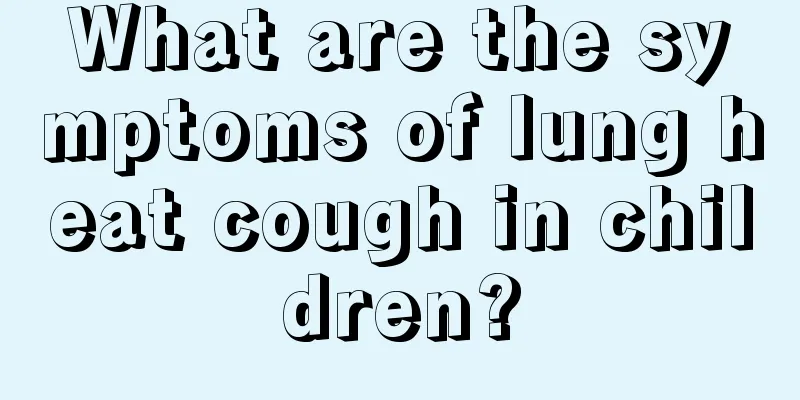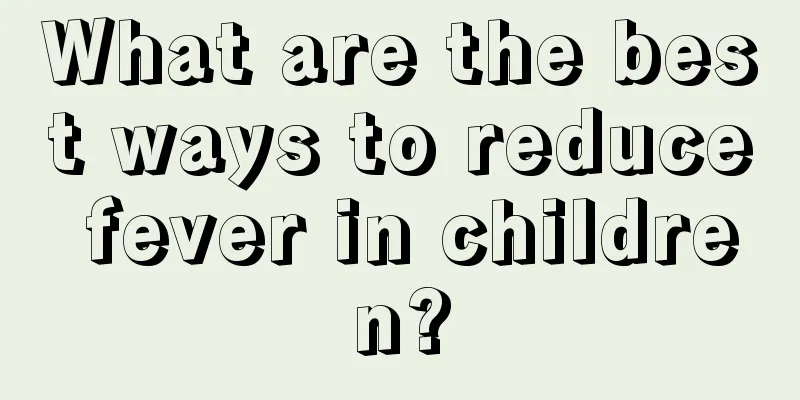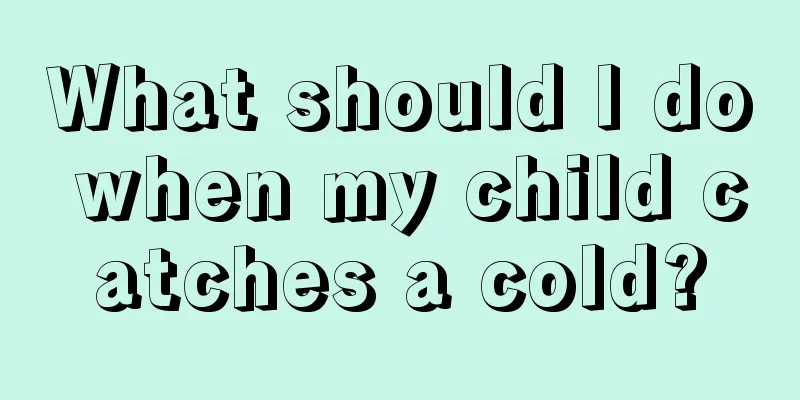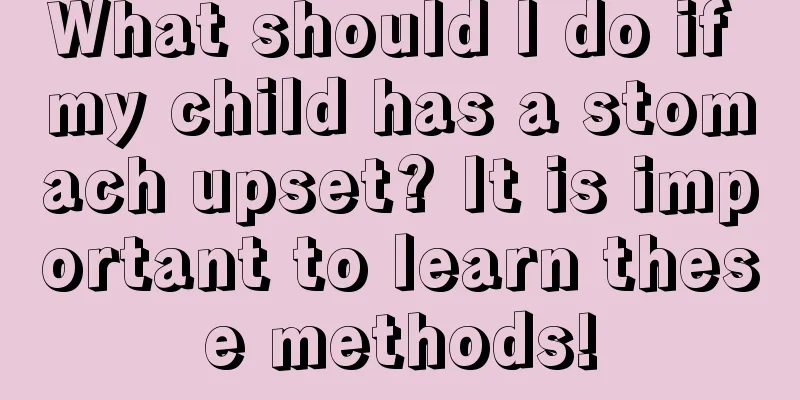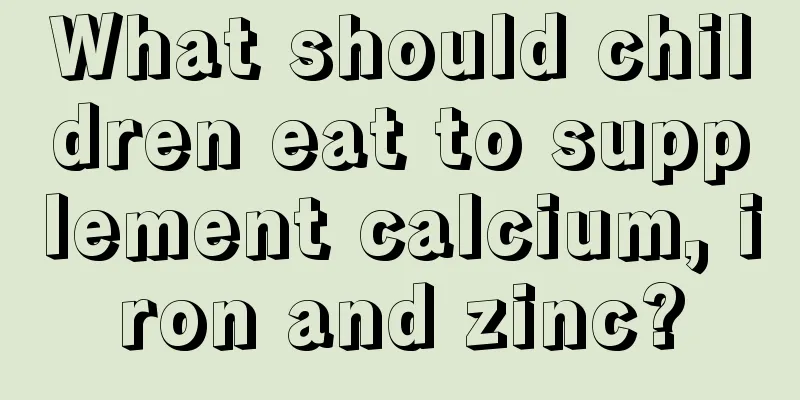What are the early symptoms of avascular necrosis of the femoral head in children?

|
In our impression, femoral head necrosis should occur in adults, but now the people suffering from this disease are getting younger and younger, and even some children may be at risk of the disease. Children become ill mainly because their bones are not yet fully developed, but they have suffered trauma and other damages, which have affected the blood supply system of the bones, resulting in femoral head necrosis. So, what are the symptoms of femoral head necrosis in children? Minor trauma For children aged 3-10 years old, there is a history of minor trauma or upper respiratory tract infection before the onset of the disease. The disease occurs suddenly. The child points to pain in the knee joint and inner thigh. After a few days, it turns into hip pain, which later causes limping. The body temperature is not high and there is low fever. There is tenderness in the hip joint. The affected hip is maintained in a slightly flexed and adducted position. The internal rotation and abduction of the hip joint are significantly limited. Comparison of photos of the affected hip joint shows that the epiphysis and cartilage surface are not smooth. Silent Disease Due to the reduction of bone tissue cells, the hip bone structure will become porous, the physical strength of the bone will also be weakened, and the subsequent femoral ischemia will affect bone health. In most people, the disease is almost completely unnoticed and often takes a long time to develop, often years later, which is why it is called a "silent disease." Hip and knee pain Hip pain is the main manifestation of femoral head necrosis, also known as atopic pain. Because it is "far" away from the hip joint, it is often ignored and easily misdiagnosed as arthritis or joint injury. In fact, it is a related radiation symptom of femoral head necrosis. Skin disorders Skin diseases such as psoriasis are also early symptoms of femoral head necrosis. For patients treated with steroid drugs, the synthesis of osteoblastic collagen can be slowed down, hindering the transformation of pre-osteoblasts into osteoblasts, leading to osteoporosis. Micro-fractures of bones can occur after trauma, reducing resistance and causing bone compression or collapse. Due to compression of medullary cells and capillaries, obstructed blood flow can lead to bone necrosis. If it occurs in the femoral head, it is femoral head necrosis. The four symptoms introduced above are mainly the early symptoms of avascular necrosis of the femoral head in children. If you find that your child has the above symptoms, you must pay attention to seek medical attention in time, because if active treatment can be carried out when avascular necrosis of the femoral head just occurs, the prognosis will be better. |
<<: What kind of shoes are good for children?
>>: What should I do if my child has extra teeth?
Recommend
When is the best time to treat neonatal dacryocystitis?
Neonatal dacryocystitis is a common disease in in...
How to improve children's memory
Now, with the increasing pressure of study, many ...
Treatment for baby's nosebleed at night
As parents, when our children have nosebleeds at ...
Causes of birthmarks in children
Birthmarks are not unfamiliar to many people. Peo...
What are the symptoms of rectal polyps in babies
In our lives, many babies have some intestinal di...
When do children lose their teeth?
When we reach a certain age, the deciduous teeth ...
What to do if your baby chokes on milk
Parents must be very scared when their baby choke...
What should a 2-year-old baby with anemia eat?
Everyone knows a simple truth. Since having child...
How to deal with yellow eye discharge in babies
Everyone will have a delay after going to bed. Ma...
What is the reason why children cry? These factors are the most common!
For younger children, because they cannot express...
Redness and swelling of the child's lower eyelid
Many parents are extremely worried about their ch...
What should I do if my baby has a cold and a stuffy nose?
Many parents will find that their baby has a bloc...
The causes of otitis media in children are all ignored by everyone
Children's bodies are usually fragile and can...
What to do if your child has a recurring fever
Generally speaking, infants are prone to fever, m...
What are the benefits of soaking your child's feet?
Children's bodies are in the period of growth...

